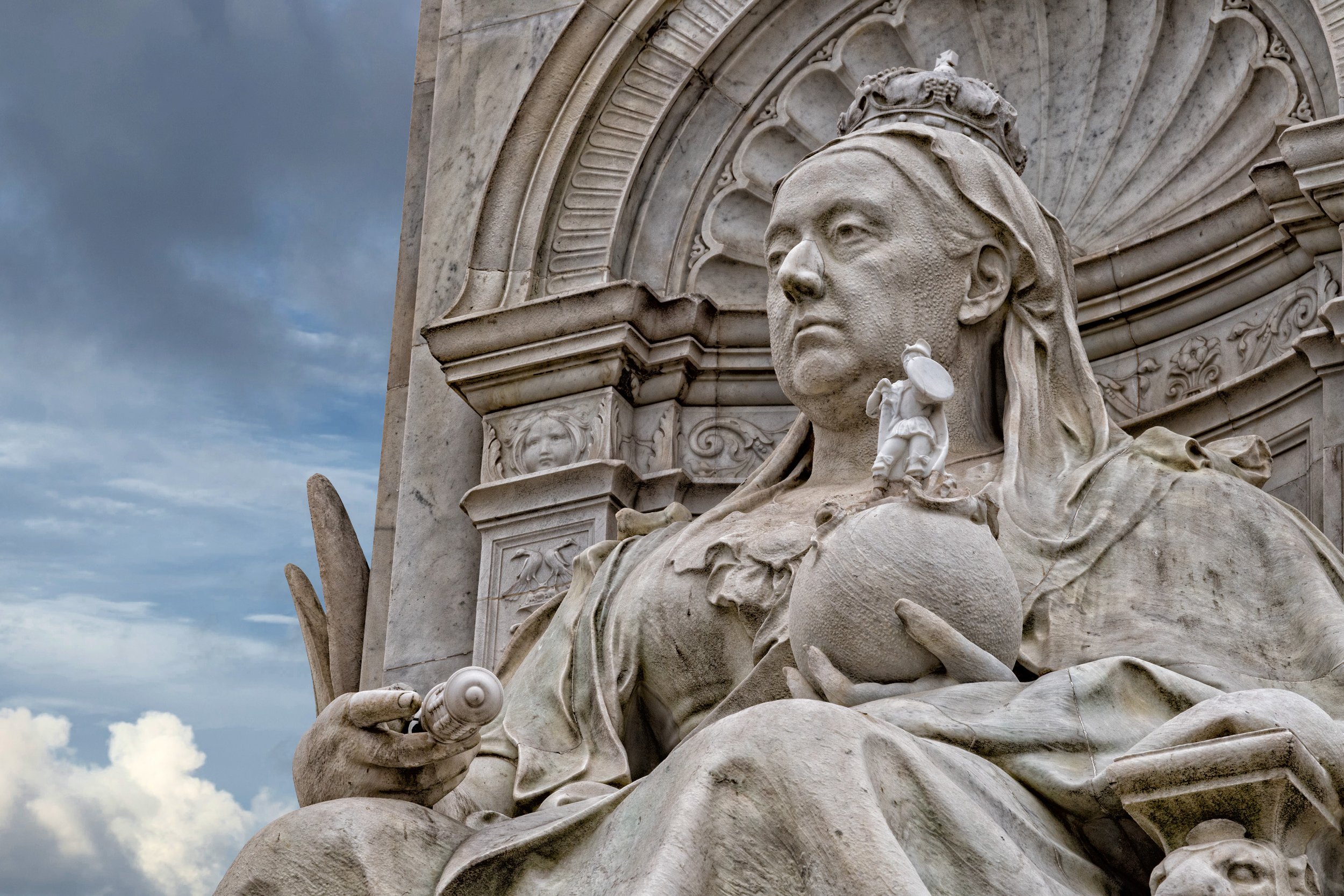Exploring the Rich History of Handmade Jewelry
Jewelry has always been more than just ornamentation. It's a testament to human creativity, culture, and craftsmanship. While modern jewelry often makes us think of images of mass-produced pieces churned out by machines, there's a natural draw and respect towards handmade jewelry. Our LEXACO Cape Cod team tends to learn more into handmade jewelry when expanding our collections. Join us as we peel back the curtain and explore this creative history which is rich in tradition, innovation, and personal expression.
Ancient Origins
The story of handmade jewelry began thousands of years ago, tracing its roots back to ancient civilizations. In Mesopotamia, Egypt, and the Indus Valley, artisans crafted intricate ornaments from materials like gold, silver, and gemstones. These pieces weren't just for decoration; they held symbolic, religious, and social significance as well. For instance, in ancient Egypt, jewelry was not only worn in life but also buried with the deceased for their journey to the afterlife, highlighting its importance and symbolism.
Ancient Egyptian Jewelry on display at the new Grand Egyptian Museum in Cairo
Medieval Mastery
During the medieval period, jewelry production evolved alongside advancements in metallurgy and trade. Skilled artisans crafted ornate pieces for royalty, nobility, and the clergy. Techniques such as filigree, granulation, and cloisonné enameling flourished, resulting in breathtaking designs that showcased the craftsmanship of the era. Each piece told a story, reflecting the wearer's status, beliefs, and affiliations.
Renaissance Revival
The Renaissance period marked a resurgence of art, culture, and innovation, and jewelry was no exception. Inspired by classical motifs and humanism, Renaissance jewelers experimented with new techniques and materials. Intricate cameos, elaborate millefiori beads, and gem-set pendants adorned the affluent elite, reflecting the era's flourishing creativity and prosperity.
Ponte Vecchio in Florence, Italy
The Ponte Vecchio bridge in Florence was a significant location for jewelry in the Renaissance era. This iconic bridge spans the Arno River and has a rich history dating back to medieval times. During the Renaissance, the Ponte Vecchio became a hub for artisans, including goldsmiths and jewelers, who set up shops along its length. If you visit Florence now, this bridge is still bustling with iconic jewelry shops.
Victorian Virtuosity
The Victorian era ushered in an age of sentimentality and symbolism, reflected in the jewelry of the time. Queen Victoria's enduring love for her husband, Prince Albert, popularized mourning jewelry adorned with locks of hair, miniature portraits, and intricate symbolism. Additionally, technological advancements, such as the discovery of new gemstone deposits and the development of metal alloys, expanded the possibilities for jewelry design, enabling artisans to create intricate pieces that captivated the imagination.
Arts and Crafts Movement
In response to the industrialization of the late 19th century, the Arts and Crafts movement emerged as a celebration of craftsmanship and individuality. Artisans sought to revive traditional techniques and promote handmade goods as a better alternative to mass-produced wares. Influential figures like William Morris and Charles Robert Ashbee championed the message of "truth to materials" and elevated jewelry-making to an art form, inspiring a generation of artisans to embrace authenticity and creativity in their craft. This movement pushed the appreciation of handmade jewelry back to the forefront.
Art Nouveau Innovation
At the turn of the 20th century, the Art Nouveau movement swept through Europe, bringing with it a wave of organic forms, flowing lines, and intricate designs. Jewelry became a canvas for artistic expression, with motifs inspired by nature, mythology, and the human form. René Lalique, a master of the genre, transformed jewelry into wearable art, incorporating materials like glass, enamel, and horn into his visionary designs. Art Nouveau jewelry embodied the spirit of innovation and freedom, further pushing the boundaries of traditional craftsmanship.
Modern Manifestations
In the 20th and 21st centuries, handmade jewelry has continued to evolve, adapting to changing tastes, technologies, and cultural influences. From the bold geometries of Art Deco to the minimalist aesthetics of contemporary design, artisans have explored diverse styles, materials, and techniques to create pieces that resonate with modern sensibilities. Moreover, the rise of the internet and social media has democratized the jewelry industry, allowing independent artisans to reach global audiences and forge connections with customers who appreciate the uniqueness and authenticity of handmade jewelry.
Why We Love Handmade Jewelry
Handmade jewelry is more than just a style; it's a reflection of humanity's creativity, ingenuity, and cultural heritage. From ancient civilizations to modern artisans, the history of handmade jewelry is a testament to the enduring feat of craftsmanship and personal expression. Each piece tells a story, weaving together tradition, innovation, and individuality into a glittering tapestry of human creativity. As we continue to embrace the beauty of handmade jewelry, we honor the artisans who have crafted these treasures throughout history and celebrate the timeless elegance of handmade craftsmanship.
We are proud to carry a range of handmade jewelry collections from local artisans at LEXACO! Browse our collections online or come visit us in person to shop.





